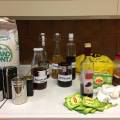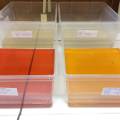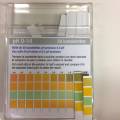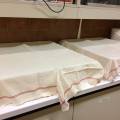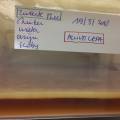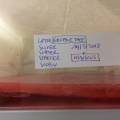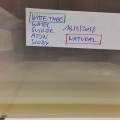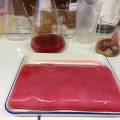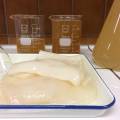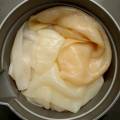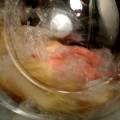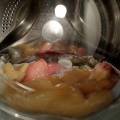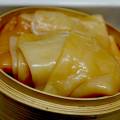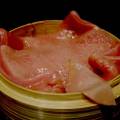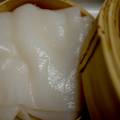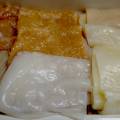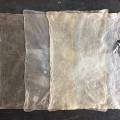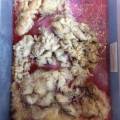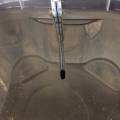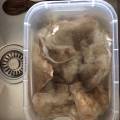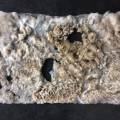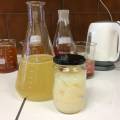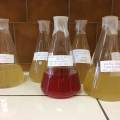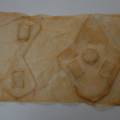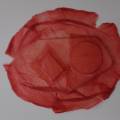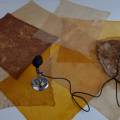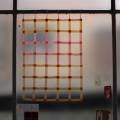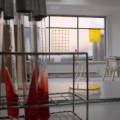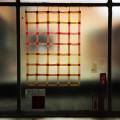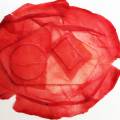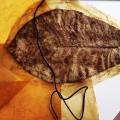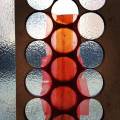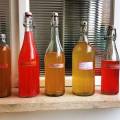This is an old revision of the document!
Table of Contents
Biolab Brussels
Workshops and research
fermentation
Working with living material / transformations, metabolic actions.
Creations knowledge, bacterial quarum sensing, biofilms.
Natural processes, raising awareness about non-human p.o.v.
Aesthetical aspects of the process, political aspects (collaboration, alternatives, out of the box, …)
research on propolis
propolis
The composition of propolis varies from hive to hive, from district to district, and from season to season. Normally it is dark brown in color, but it can be found in green, red, black and white hues, depending on the sources of resin found in the particular hive area. Detailed analyses show that the chemical composition of propolis varies considerably from region to region along with the vegetation. In northern temperate climates, for example, bees collect resins from trees, such as poplars and conifers (the biological role of resin in trees is to seal wounds and defend against bacteria, fungi and insects). “Typical” northern temperate propolis has approximately 50 constituents, primarily resins and vegetable balsams (50%), waxes (30%), essential oils (10%), and pollen (5%).
to check
kunsthuid: Een slimme combinatie van flexibele elektronica en zelfherstellende materialen⇒ een kunstmatige huid. flexibele elektronica en draadloze sensoren.
mother's hand taste: effects on the taste of fermented food.
CRISPR
DNA aanpassen
DNA bouwen met gemodifieerd enzym
microbiologie / enzymen
pdf wild fermentation
CRISPR-authorization Europe
biotechnologie
conference Non-Human agents
biolab gent biolab gent
bio-textiles BCN
zone2source
reagent
bio-art society
open wetLab Amsterdam
Emerging technologies in -omics/bioinformatics
textileLab Amsterdam
slimemould
chromatografie
mycelium
mycelium

